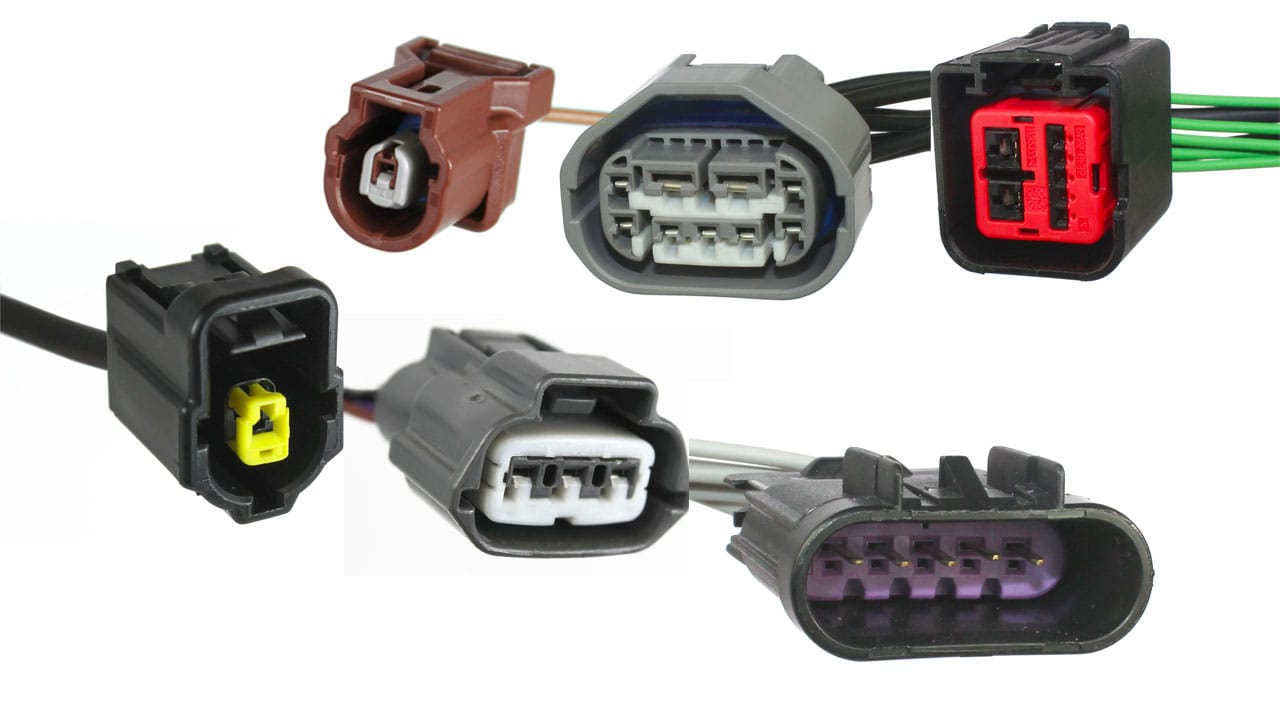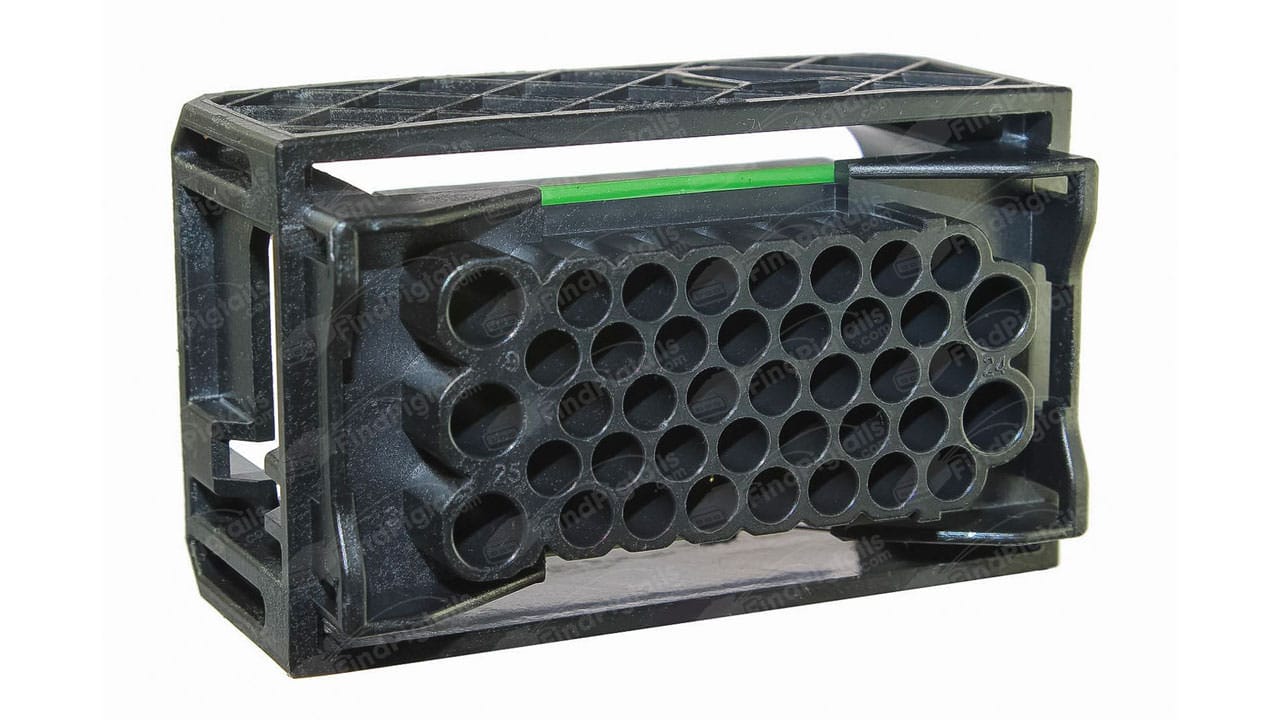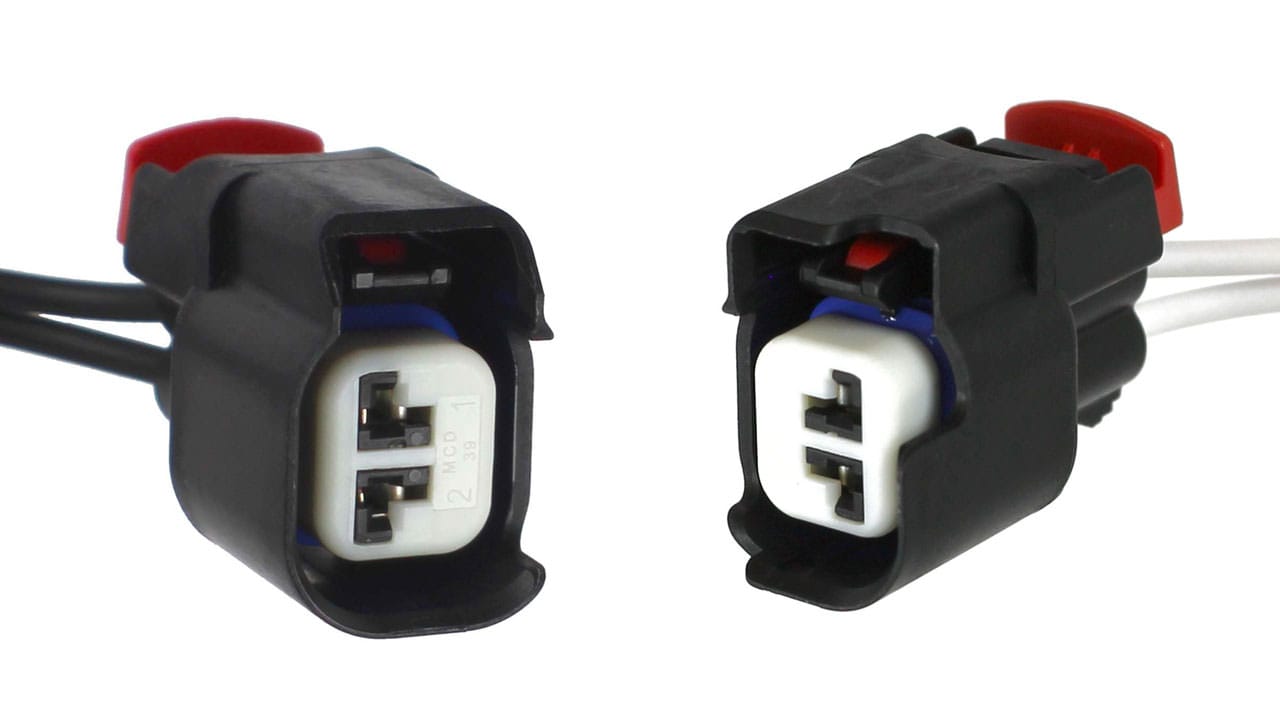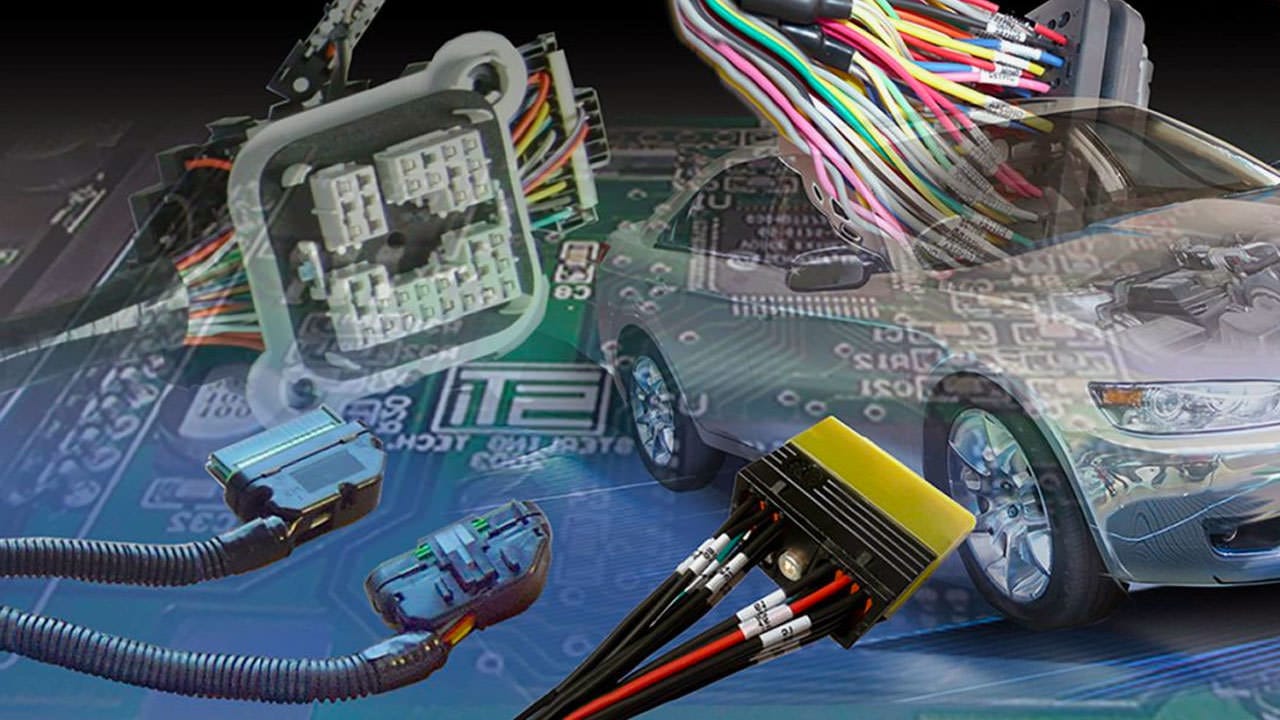A Comprehensive Guide to Identifying and Replacing Electrical Connectors
The first step in identifying an electrical connector is determining whether it's a plug or a receptacle. Here's a useful rule of thumb: if there's room for something to fit into it, it's generally a receptacle. On the other hand, plugs are a bit harder to insert something into, so they usually have the front-facing pins or sockets. Manufacturers may use different labels, so it's important to check your specific manufacturer's documentation. It's best to avoid using confusing terms like "male" and "female" and opt for "plug" and "receptacle" instead.

Shape and Color
Once you know whether you have a plug or a receptacle, the next identifying factors are the shape and color of the connector. All pigtail connectors come in various shapes and sizes, such as triangles, rectangles, flats, and squares. Start by observing the general shape of the connector. Additionally, pay attention to the color, although it's not always definitive. However, the color can provide a helpful starting point. For example, if your connector is gray with an orange lock, a suitable replacement will likely have a gray housing with an orange lock.

Counting the Pins
The number of pins in the connector is a crucial characteristic to identify. Take a look at the empty slots at the back of the connector. Counting the pins will help determine the correct replacement. Connectors can have different pin configurations, ranging from just three in a row to multiple rows and columns. It's important to note that the number of holes at the back of the plug determines the correct connector, irrespective of how many wires are being used.

Keyways and Location
In some cases, you may encounter two connectors that appear remarkably similar in terms of shape, color, and pin count. To differentiate between them, look closely at the keyways—the little bumps at the front of the connector that align with the sensor. Even slight variations in the keyways can help distinguish between similar connectors. Another useful clue is the location of the connectors in the car. For example, front O2 and rear O2 connectors are typically positioned closer to the front and rear, respectively. Use deductive reasoning to determine their appropriate placements.

Utilizing Wiring Diagrams
Wiring diagrams can be immensely helpful in identifying the connectors required for a specific application. This this tip might not work for all car manufacturers, most wiring diagram pages include a generic picture of the connector for older models, and a clearer image with pin numbers for newer models. These diagrams provide a visual reference for the connector's appearance. Although we don't sell wiring diagrams, you can find them online for free. Just ensure you access the correct diagram for your car's year, make and model.
The FindPigtails.com Advantage
If you ever find yourself unable to locate the connector you need on our website or are still confused, please don't hesitate to contact us. You can reach us at info@findpigtails.com, and we'll respond within 24 to 48 hours. At FindPigtails.com, we're here to help you with all your automotive pigtail connector needs.
With the knowledge and tips provided in this guide, you now have the necessary tools to identify the electrical connector you need for your automotive repair. Don't forget to check out our video tutorials on de-pinning connectors and crimping terminals, ensuring you have everything required to successfully replace your connector.

